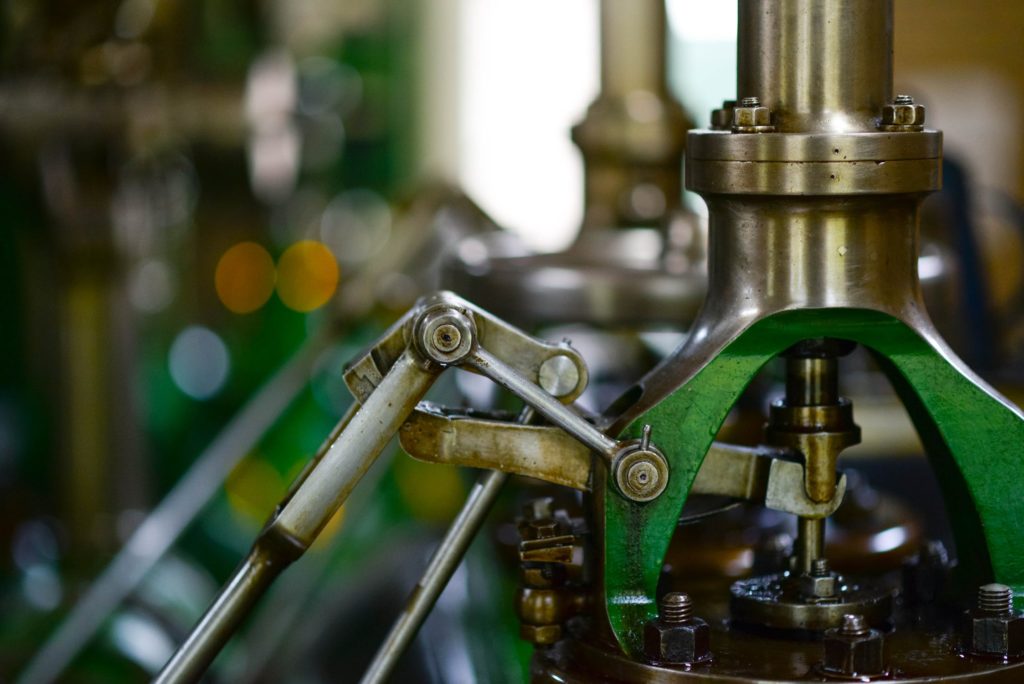
Manufacturing companies have quite a significant number of assets to look after, with the largest of these being their buildings and their equipment. While the majority of owners will take significant measures to look after their buildings with security systems and more, they often overlook much of the machinery.
This has primarily been seen in a lack of preventing abrasive damage to the equipment, which is typically seen through the machine’s normal use. While there are a variety of measures built-in to these machines, they often may not be enough to prevent a large amount of damage.
As a result, many manufacturing companies will have to repair their equipment much more than they may like, with others having to replace them quite quickly. However, this doesn’t have to be the case, as a wear plate can prevent much of this damage from taking place.
These are typically used in heavy industrial processing facilities and bulk material handling niches and offer a significant amount of protection for machines. Despite how beneficial this can be for a firm, many manufacturing professionals may not know what wear plates are or how they can be used.
There are a few specific things that every industry professional should know about wear plates.
What Is A Wear Plate?
Wear plates are also known as steel liners and abrasion-resistant plates. They are used to reduce the wear and tear typically seen in a wide range of equipment. This damage will usually be seen in machinery where there is a large amount of friction or abrasion which should have a significant impact over time.
Though the plates are usually used in machines that have parts that slide and rotate, there can be a wide range of equipment that wear plates can be installed in. Some of the larger parts of machinery that can benefit from this include:
- Casting Equipment
- Shredders
Alongside this, aluminum and steel mill equipment, which are typically used in plant facilities, can also benefit from the protection of wear plates. Mining tools, heavy digging equipment, and more can all take advantage of this protection to quite a large extent.
Wear plates tend to be quite affordable and are normally quickly and easily installed onto various pieces of equipment. Despite being a low-cost way of protecting machinery, they can withstand a significant amount of wear and tear over time, which gives the machinery long-lasting protection.
As a result, the majority of machinery shouldn’t need many repairs as a result of this abrasion. This can be quite beneficial for the majority of companies. The affordability that comes with wear plates can be especially felt when compared to the maintenance and repairs that the equipment would otherwise have to go through.
Activities With High Abrasion
Some of the more common activities that wear plates will be beneficial in are mechanical, although this can be spread across a wide range of industries and across different countries, such as the Middle East, Africa, and much more. While the most notable of the processes where they can be used will be seen in steel production, among others, it doesn’t mean that this is the only area where they can be used.
In contrast, there are quite a few other processes that can benefit from them. One of the largest of these is pulp and paper facilities, which many people may be surprised by. However, the equipment that’s used here can often be prone to damage because of the corrosive nature of many of the materials used in the field.
A wear plate can prevent the majority of this from occurring and slow the damage that may be seen. Alongside this is bulk solid handling which can also have somewhat of a corrosive nature that will need to be protected against. There are quite a few other areas where abrasion will take place and which many professionals will want to protect against.
As a rule of thumb, manufacturing professionals should be able to benefit from a wear plate with any equipment that has to withstand a significant amount of wear and tear. By doing so, they should be able to protect their machinery against the majority of damage that would typically take place.
Given the cost of a wear plate compared to the price of repairing or replacing equipment, it can be quite an affordable option for the majority of manufacturing plants.




